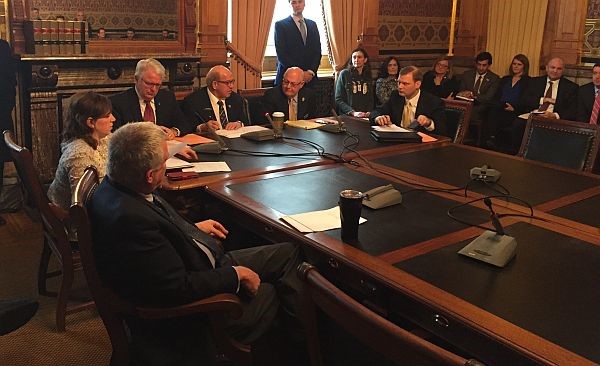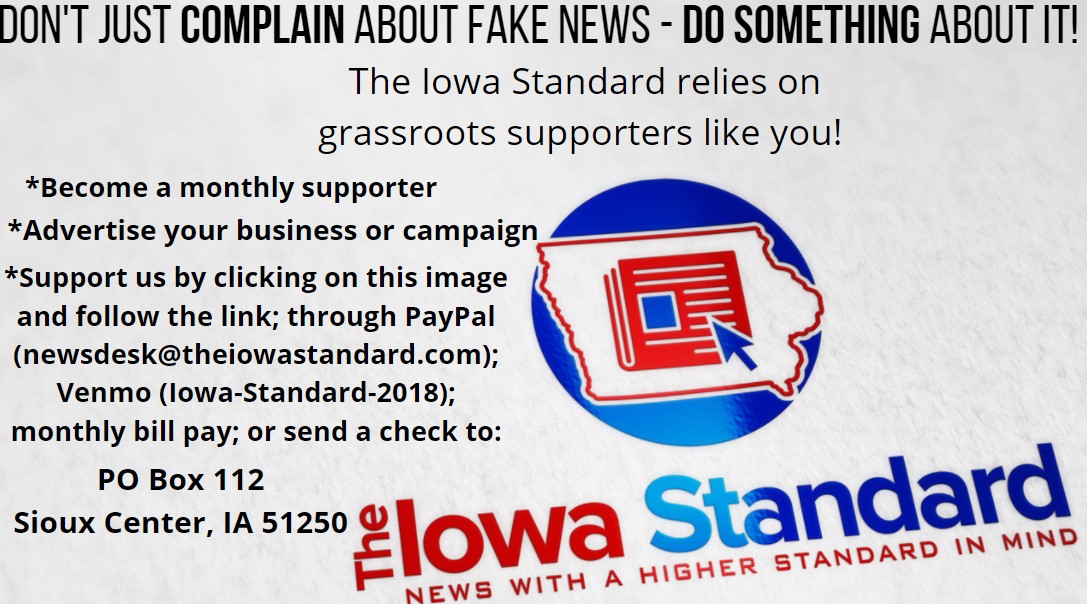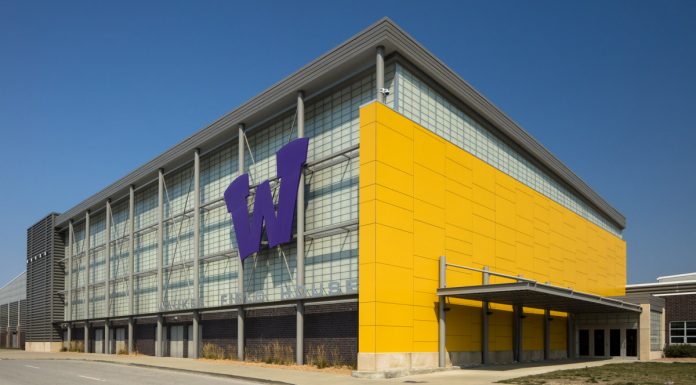Except from Rep. John Forbes’ newsletter:
Republicans in the legislature, at the direction of investor owned utilities, are threatening the solar industry in Iowa.
Many of my Urbandale constituents know that I am big proponent of solar energy.
Solar energy has powered my business since 2015. I am happy to explain to visitors about a computer monitor near the entrance to my pharmacy, indicating how much energy the rooftop solar panels are generating in real time. I refer to it as my solar classroom, educating people on the benefits of solar powered generation.
Solar is good for the environment and good for my bottom line.
House Study Bill 185 under consideration in the House Commerce Committee imposes additional costs on new solar installations, essentially having a negative impact on “net metering”.
Net metering credits solar energy system owners for electricity they add to the power grid.
MidAmerican Energy and Alliant Energy, Iowa’s investor owned utility monopolies, claim solar users aren’t paying their fair share of costs associated with keeping the electric grid up and running.
But here is a simple fact: the utilities are unable to produce any evidence, data or study showing they are subsidizing solar customers.
If the utilities levy extra costs on new solar customers, it will make those installations less attractive from an economic standpoint. This would drastically reduce the growing solar industry in Iowa.
As I heard in the subcommittee meeting on this bill, many solar installers are located in rural Iowa, serving farmers and rural residents. Solar installation firms provide employment in areas where jobs are badly needed.
And in many cases, solar installation is all these companies do. If they go away, so do the jobs.
I see a larger question, beyond the economics. What is our energy future? Is it with large utility monopolies, or should Iowa be encouraging the cutting edge technology of distributed solar energy?
When energy users invest their own resources in a solar array, it is money other utility customers won’t have to pay for additional generation capacity, which could cost hundreds of millions of dollars.
Solar increases grid capacity, and reduces the need for bigger transformers and substations.
Solar produces peak power during hot, sunny afternoons and early evenings, when the demand is greatest, reducing wear and tear on the electric grid.
Solar improves the “quality” of electric power. Some electric power is now transmitted over long distances. Distributed solar energy stays close to “home”. I like that the electricity generated by my solar array may help the restaurant next door or the bank down the street.
The solar industry in Iowa is in its early stages. Only 0.1% of MidAmerican’s total customers have installed solar, generating about the same amount or energy as six wind turbines. That’s not very much.
The truth is we just don’t know anything about the financial impact of small solar installations on the power grid.
MidAmerican and Alliant are two years into a three-year net metering pilot project under the Iowa Utilities Board. The study is exploring whether changes to net metering are necessary.
Before we damage the solar industry, I think it makes sense to see what the study shows.












